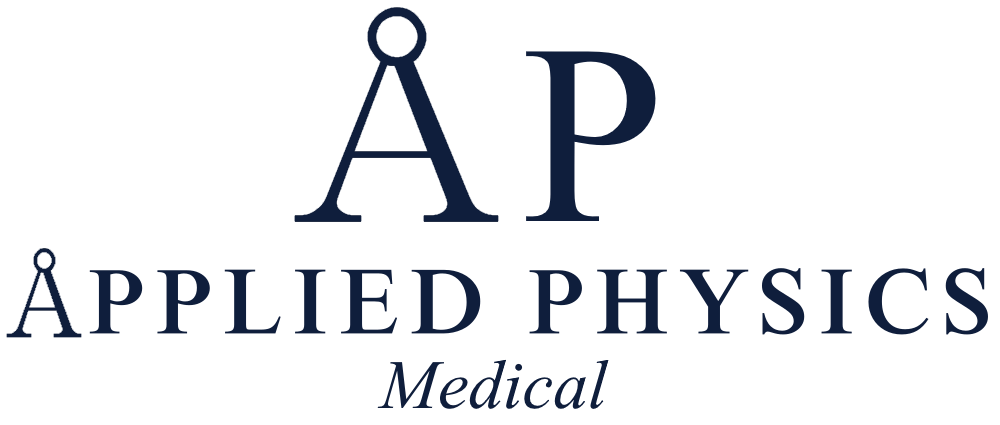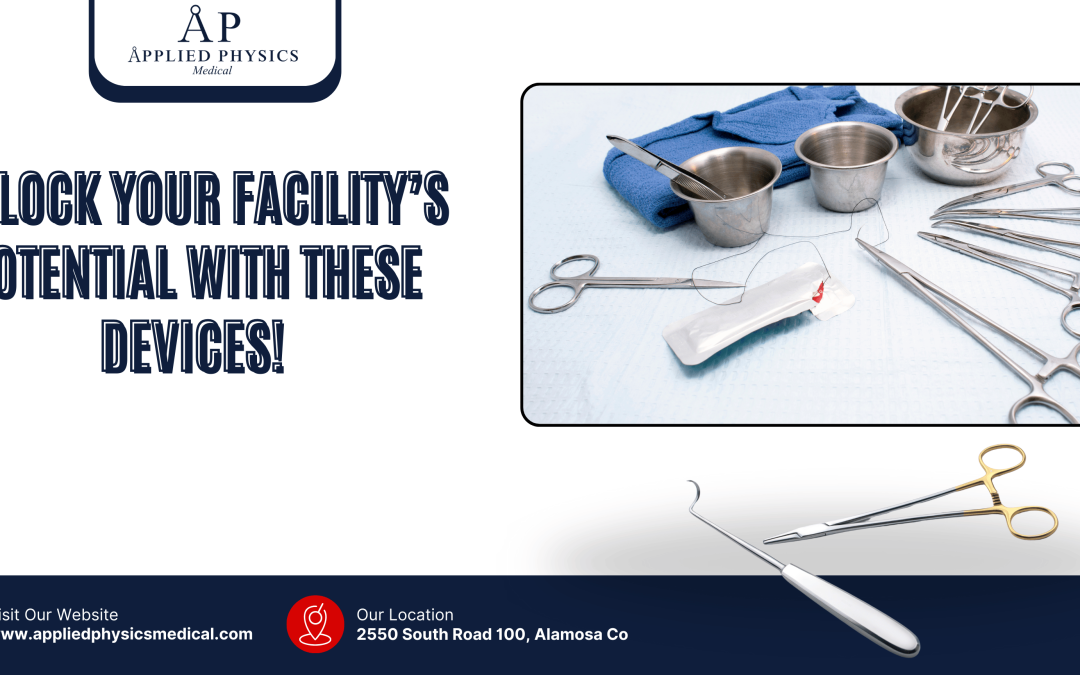Introduction
Facility management has evolved significantly in recent years, driven by advancements in technology and the increasing need for efficiency and security in various environments. Facility management devices encompass a wide range of tools and systems designed to streamline operations, enhance security, and improve overall building performance. These devices not only help facility managers maintain their properties but also contribute to creating a more sustainable and productive environment for occupants.
As organizations seek to optimize their resources, the integration of smart technologies into facility management has become essential. The adoption of these devices allows for real-time monitoring and control of various building systems, from energy consumption to security protocols. By leveraging data analytics and automation, facility managers can make informed decisions that lead to cost savings and improved operational efficiency.
As we delve into specific devices that can unlock a facility’s potential, it becomes clear that the right technology can transform how facilities are managed, ultimately enhancing the experience for both staff and visitors.
Key Takeaways
- Facility management devices can unlock the potential of your facility by enhancing security, optimizing energy efficiency, improving maintenance, streamlining operations, enhancing safety, and boosting productivity.
- Smart access control systems can enhance security by providing secure and convenient access to authorized personnel while keeping unauthorized individuals out.
- Smart thermostats can optimize energy efficiency by automatically adjusting temperature settings based on occupancy and usage patterns, leading to cost savings and reduced environmental impact.
- IoT sensors can improve maintenance by providing real-time data on equipment performance, enabling proactive maintenance and reducing downtime.
- Facility management software can streamline operations by centralizing data and automating processes, leading to improved efficiency and better decision-making.
Enhancing Security with Smart Access Control Systems
Enhanced Security and Tracking
Traditional lock-and-key systems are being replaced by electronic access controls that utilize key cards, biometric scanners, or mobile credentials. These systems not only enhance security by restricting access to authorized personnel but also allow for detailed tracking of entry and exit activities.
Streamlined Access Management
For instance, a facility manager can easily revoke access for an employee who leaves the organization, ensuring that former staff members cannot enter sensitive areas. Moreover, smart access control systems can be integrated with other security measures, such as surveillance cameras and alarm systems, creating a comprehensive security network.
Real-Time Monitoring and Remote Management
This integration enables real-time alerts and monitoring, allowing facility managers to respond swiftly to any unauthorized access attempts. The ability to manage access remotely through mobile applications further enhances convenience and control, making it easier to oversee multiple facilities from a single platform.
Optimizing Energy Efficiency with Smart Thermostats
Energy efficiency is a critical concern for facility managers, as it directly impacts operational costs and environmental sustainability. Smart thermostats have emerged as a powerful tool in this regard, allowing for precise control over heating and cooling systems. Unlike traditional thermostats, which require manual adjustments, smart thermostats can learn user preferences and automatically adjust settings based on occupancy patterns.
For example, a smart thermostat can lower the temperature during unoccupied hours and raise it before employees arrive, ensuring comfort while minimizing energy waste. Additionally, many smart thermostats provide detailed energy usage reports, enabling facility managers to identify trends and make data-driven decisions about energy consumption. By integrating these devices with building management systems (BMS), organizations can achieve even greater energy savings through coordinated control of HVAC systems, lighting, and other energy-consuming devices.
Improving Maintenance with IoT Sensors
| Metrics | Value |
|---|---|
| Equipment Downtime | Reduced by 30% |
| Predictive Maintenance Accuracy | Increased by 25% |
| Energy Consumption | Optimized by 20% |
| Overall Equipment Effectiveness (OEE) | Improved by 15% |
The Internet of Things (IoT) has revolutionized maintenance practices in facility management through the deployment of IoT sensors. These sensors can be installed throughout a building to monitor various conditions such as temperature, humidity, and equipment performance in real-time. For instance, a sensor placed on an HVAC unit can detect when the system is operating inefficiently or is at risk of failure, allowing maintenance teams to address issues before they escalate into costly repairs or downtime.
Furthermore, IoT sensors facilitate predictive maintenance strategies by collecting data over time to identify patterns and predict when equipment is likely to fail. This proactive approach not only extends the lifespan of assets but also minimizes disruptions to operations. By leveraging IoT technology, facility managers can ensure that maintenance is performed only when necessary, optimizing labor resources and reducing unnecessary service calls.
Streamlining Operations with Facility Management Software
Facility management software serves as the backbone of modern facility operations, providing a centralized platform for managing various aspects of building management. This software typically includes modules for work order management, asset tracking, space management, and reporting. By consolidating these functions into one system, facility managers can streamline operations and improve communication among team members.
For example, when a maintenance issue arises, staff can quickly submit a work order through the software, which automatically assigns the task to the appropriate technician based on availability and expertise. This not only speeds up response times but also ensures that all maintenance activities are documented for future reference. Additionally, advanced reporting features allow facility managers to analyze data trends over time, enabling them to make informed decisions about resource allocation and operational improvements.
Enhancing Safety with Surveillance Cameras
Surveillance cameras have long been a staple in facility security; however, advancements in technology have significantly enhanced their effectiveness in promoting safety within buildings. Modern surveillance systems often feature high-definition video quality, night vision capabilities, and advanced analytics that can detect unusual behavior or unauthorized access in real-time. This level of monitoring provides facility managers with valuable insights into building security and helps deter potential criminal activity.
Moreover, many surveillance systems now offer cloud storage options, allowing for easy access to recorded footage from anywhere at any time. This flexibility is particularly beneficial for organizations with multiple locations or those that require remote monitoring capabilities. By integrating surveillance cameras with other security measures such as alarms and access control systems, facility managers can create a comprehensive safety strategy that protects both assets and individuals within the facility.
Boosting Productivity with Smart Building Automation Systems
Smart building automation systems represent the pinnacle of technological integration in facility management. These systems enable the centralized control of various building functions such as lighting, HVAC, security, and even window shades through a single interface. By automating these processes based on occupancy levels or time schedules, organizations can create an environment that maximizes comfort while minimizing energy consumption.
For instance, in an office setting, smart building automation can automatically adjust lighting levels based on natural light availability or turn off lights in unoccupied areas. This enhances the comfort of employees and contributes to significant energy savings. Furthermore, by providing employees with personalized control over their immediate environment—such as adjusting temperature settings or lighting—organizations can foster a sense of ownership and satisfaction among staff members, ultimately boosting productivity and morale.
Conclusion
Integrating advanced facility management devices is essential for unlocking the full potential of any facility. From enhancing security with smart access control systems to optimizing energy efficiency with smart thermostats and improving maintenance through IoT sensors, these technologies offer numerous benefits that contribute to more efficient operations and safer environments. As organizations continue to embrace these innovations, they will be better equipped to meet the challenges of modern facility management while creating spaces that are both functional and conducive to productivity.


